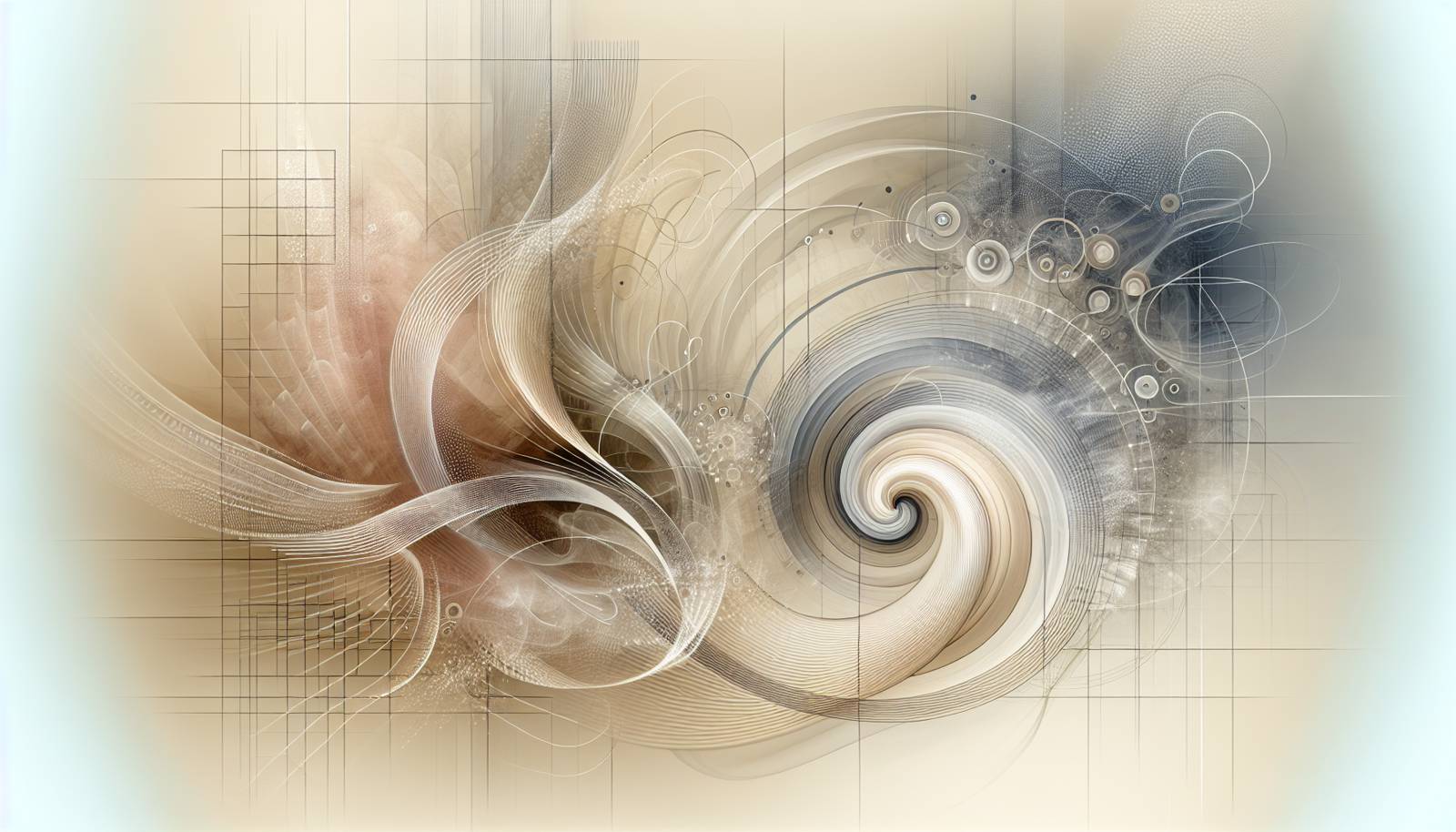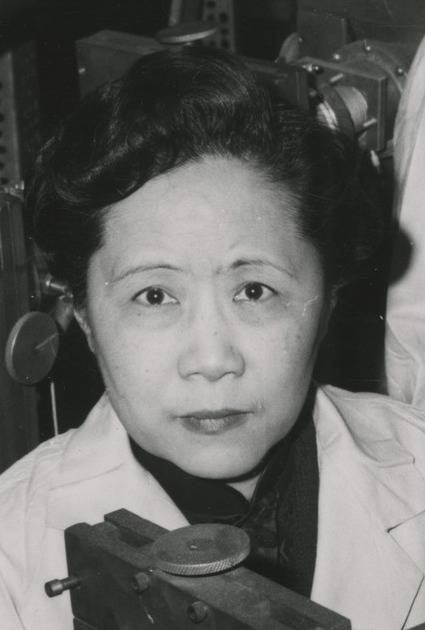
FAQ About Chien-Shiung Wu

What is beta decay, and how is it related to Chien-Shiung Wu's research?
Beta decay is a type of radioactive decay in which a beta particle (electron or positron) is emitted from an atomic nucleus. Chien-Shiung Wu's research is closely related to beta decay as she conducted pivotal experiments on this phenomenon. Her work in this area, especially her findings on the non-conservation of parity, has greatly contributed to modern nuclear physics.
Other Questions About Chien-Shiung Wu
- Who was Chien-Shiung Wu?
- What was Chien-Shiung Wu's contribution to the Manhattan Project?
- What is the Wu experiment?
- Why is Chien-Shiung Wu often referred to as "The First Lady of Physics"?
- What are some of the awards and honors Chien-Shiung Wu received?
- Where did Chien-Shiung Wu receive her education?
- What impact did Chien-Shiung Wu have on women in science?
- What is beta decay, and how is it related to Chien-Shiung Wu's research?
- Was Chien-Shiung Wu ever awarded the Nobel Prize?
- Did Chien-Shiung Wu publish any influential books or papers?
- What was Chien-Shiung Wu's early life like?
- How did Chien-Shiung Wu's work influence the field of physics?
- What barriers did Chien-Shiung Wu face in her career?
- What was Chien-Shiung Wu's role at the Columbia University?
- How did Chien-Shiung Wu contribute to experimental physics?
- What was Chien-Shiung Wu's philosophy on science and research?
- When did Chien-Shiung Wu pass away?
- What legacy did Chien-Shiung Wu leave behind in the scientific community?
- How is Chien-Shiung Wu remembered today?
- What key concept did Chien-Shiung Wu's experiment challenge?

Create new FAQ page, write FAQs and publish for your clients, friends, colleagues, visitors, students, customers, guests, neighbors, or yourself.
Create Your Own FAQ Page now